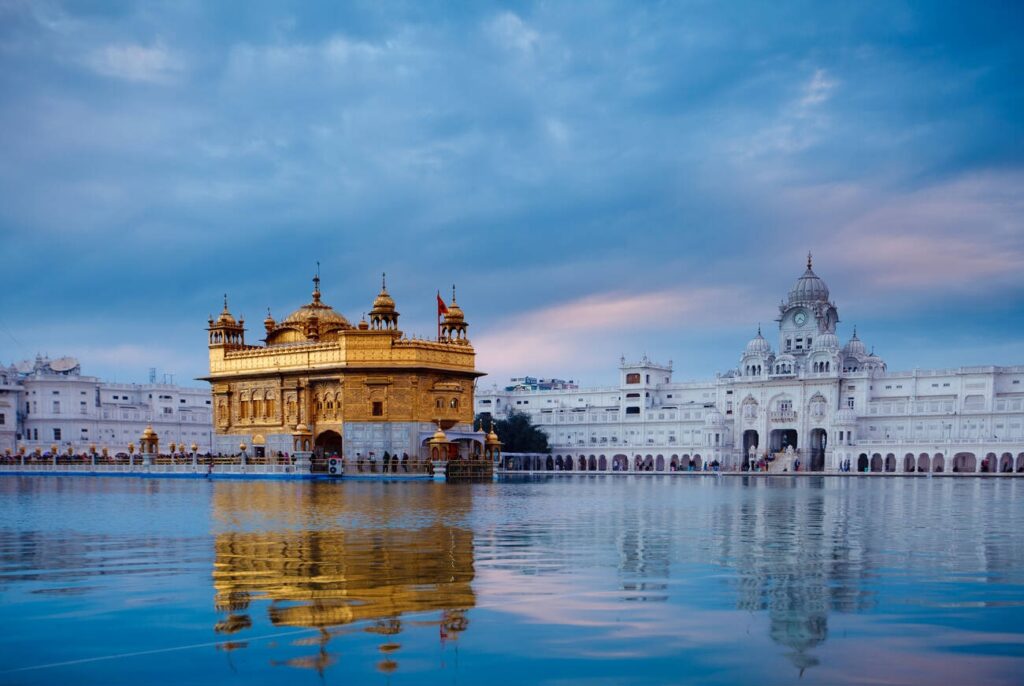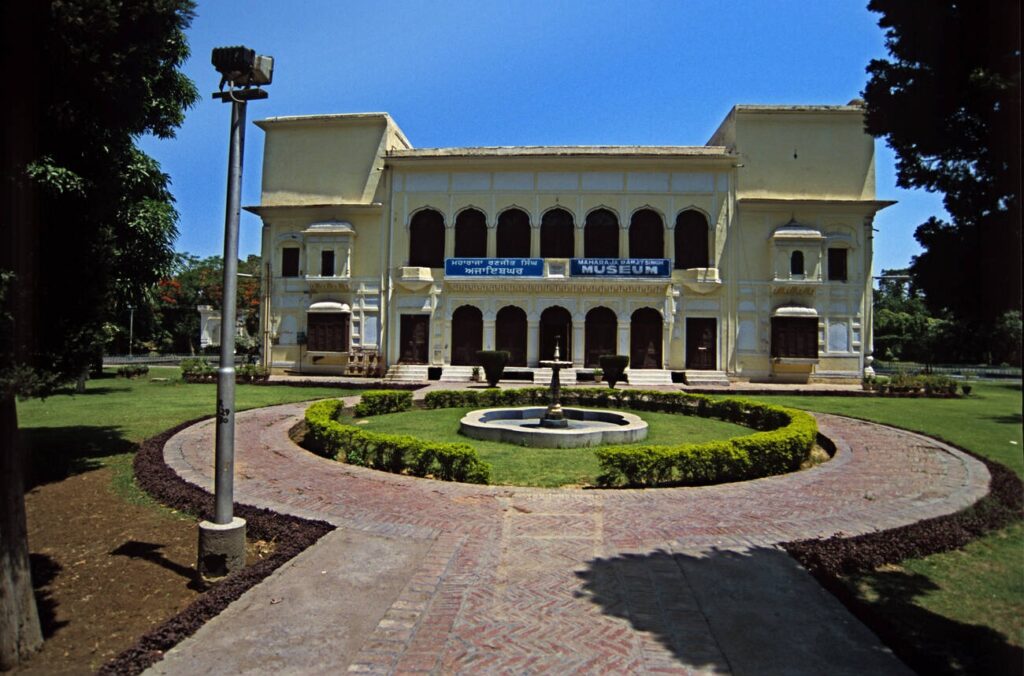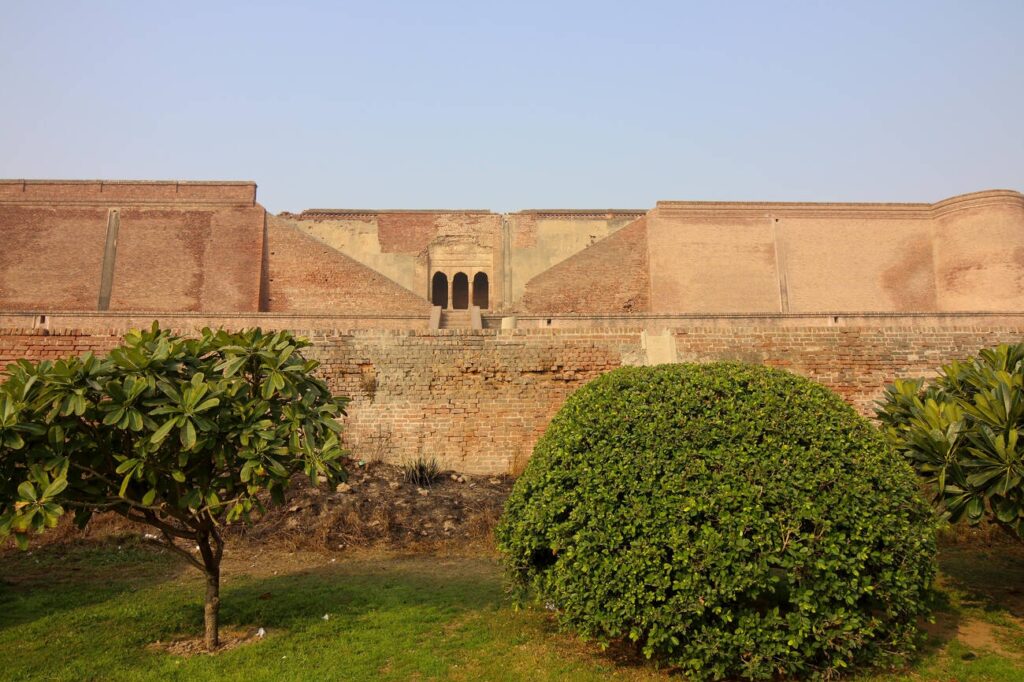Introduction
The top places in Punjab, the land of five rivers, is a state in northern India known for its rich culture, historical significance, vibrant festivals, and delectable cuisine. It is home to some of the most iconic landmarks in India, from spiritual sites to historical monuments and natural beauty. Whether you are a history buff, a religious devotee, or an adventure enthusiast, Punjab offers a diverse range of attractions that will leave you mesmerized.
In this blog, we will explore the top 10 places to visit in Punjab, the best time to visit, a conclusion, and FAQs to help you plan your perfect trip to this vibrant state.
Top 8 Places to Visit in Punjab
1. Golden Temple, Amritsar

The Golden Temple, also known as Sri Harmandir Sahib, is the holiest shrine of Sikhism. The most revered shrine in Sikhism is the Golden Temple, which is situated in Amritsar, India. The golden exterior of its magnificent construction represents spiritual purity. Encircled by a serene pool, it welcomes millions of tourists every year. The temple conveys a message of service, equality, and human commitment.
Highlights:
- Stunning gold-plated structure
- The community kitchen (Langar) serves free meals to thousands daily
- Serene and spiritual ambiance
2. Jallianwala Bagh, Amritsar
Jallianwala Bagh, located in Amritsar, India, is a historic site where a tragic massacre occurred on April 13, 1919. British troops, under General Dyer, opened fire on unarmed Indian civilians protesting colonial rule, killing hundreds. It remains a symbol of resistance and a pivotal moment in India’s freedom struggle.
Highlights:
- Martyrs’ Well and Bullet Marks
- Eternal Flame Memorial
- Historical Significance
3. Wagah Border, Amritsar

Wagah Border, located near Amritsar, India, is famous for its daily flag-lowering ceremony. The ceremony features a show of military precision, with soldiers from India and Pakistan performing synchronized movements. It attracts numerous visitors, symbolizing both the rivalry and shared cultural heritage between the two nations.
Highlights:
- Energetic parade and lowering of the flags
- Patriotic atmosphere
- A unique Indo-Pak border experience
4. Sheesh Mahal, Patiala
Sheesh Mahal, located in Patiala, is a stunning palace known for its exquisite mirror work and architectural grandeur. Built by Maharaja Narinder Singh in the 19th century, it showcases a blend of Mughal and Punjabi styles. The palace houses beautiful gardens, reflecting pools, and a historic museum.
Highlights:
- Museum with rare manuscripts and paintings
- Stunning gardens and bridges
- Intricate mirror work
5. Ranjit Singh War Museum, Ludhiana

The Ranjit Singh War Museum in Ludhiana honors India’s military history and heroes. It showcases various artifacts, uniforms, weaponry, and dioramas, highlighting significant wars and battles. The museum is named after Maharaja Ranjit Singh and offers visitors a deep insight into India’s rich military heritage and valor.
Highlights:
- Military artifacts and weapons
- Life-size sculptures and paintings
- Insight into Punjab’s valor and courage
6. Anandpur Sahib
Anandpur Sahib, located in Punjab, India, is a revered Sikh pilgrimage site. Founded in 1665 by Guru Tegh Bahadur, it is known for its spiritual significance and historical landmarks. The town is home to the Takht Sri Kesgarh Sahib, where the Khalsa was born in 1699, symbolizing Sikh unity and strength.
Highlights:
- Takht Sri Kesgarh Sahib (one of the five Sikh Takhts)
- Vibrant celebrations of Hola Mohalla
- Historical importance in Sikhism
7. Harike Wetland and Bird Sanctuary
Harike Wetland and Bird Sanctuary, located in Punjab, India, is a significant ecological site, known for its rich biodiversity. It serves as a habitat for numerous migratory birds, especially during winter. The sanctuary is home to over 200 bird species and provides a vital ecosystem for wildlife conservation.
Highlights:
- Boating amidst scenic beauty
- Sightings of rare birds like Siberian Cranes
- Perfect for nature photography
8. Bathinda Fort

Bathinda Fort, located in Bathinda, Punjab, India, is a historic 1,000-year-old structure built by the Rajput rulers. The fort has witnessed numerous battles and changes in ownership over centuries, with significant modifications made by different rulers. It remains a symbol of Punjab’s rich history and heritage.
Highlights:
- Rich history linked to Empress Razia Sultana
- Ancient architecture and grand structure
- Stunning views from the fort
Best Time to Visit Punjab
The best time to visit Punjab is during the winter and spring months.
- October to March: Pleasant weather, perfect for sightseeing.
- April to June: Can be hot, but great for local festivals.
- July to September: Monsoon season, offering lush greenery.
The most vibrant time to visit is during festivals like Baisakhi (April) and Lohri (January) when Punjab comes alive with colors, music, and celebrations.
Conclusion
Punjab is a land with a thriving culture, a long history, and spiritual significance. Every area of this state has a story to tell, from the imposing Golden Temple to the ancient Jallianwala Bagh. A rewarding and unforgettable experience awaits you in Punjab, whether you choose to explore forts, museums, temples, or wildlife reserves. A trip to this state is more than simply a vacation; it’s a voyage into the cultural and historical core of India.
What is the most famous place in Punjab?
The Golden Temple in Amritsar is the most famous and visited attraction in Punjab.
How many days are required to explore Punjab?
A 5-7 day trip is ideal to cover the major attractions in Punjab.
Which airport is best for traveling to Punjab?
Sri Guru Ram Dass Jee International Airport, Amritsar, is the main airport.
What are the must-buy souvenirs from Punjab?
Phulkari embroidery, Punjabi Juttis, and Amritsari Papad are popular souvenirs.
Are there any wildlife attractions in Punjab?
Yes, Harike Wetland and Bird Sanctuary is a great place for wildlife lovers.

